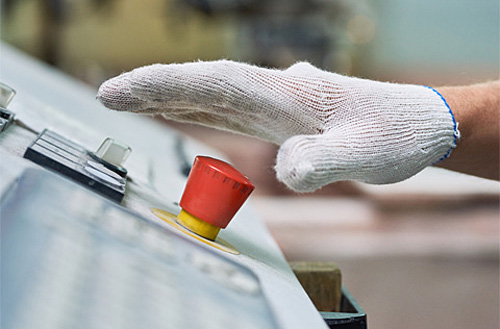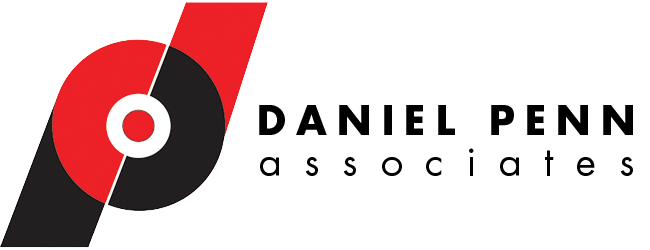
How to Make Your Plant Reliable
Five basics to make your Lean and RCM programs play well together.
The bottom line:
- Lean relies on takt time as the cadence for producing to meet customer demand.
- Takt time assumes that critical process equipment will be reliable (i.e., available and performing as intended).
- Without reliability, takt time is just another number.
- RCM is the best way to minimize equipment failure and consistently meet takt time.
The situation:
Your factory is lean and trying to get leaner. Your production teams work to the beat of their lean production flow takt time to meet customer demand. Equipment, workstations, cells, and material movement are tuned to meet the takt time. If the production team matches its output to takt time, they live to fight another day.
Here’s the thing: While takt time is the heartbeat of lean production, it only reflects a perfect world, not the one we live in. Equipment failure is a production heart attack: it throws a monkey wrench into the production plan. It throws you out of compliance with your takt time.
In life, we proactively watch our diet, exercise, and doctor visits. We keep our heart reliable to meet our demands. We are our toughest customer – failure is not an option! In manufacturing, managers must work proactively with their maintenance cohorts to keep equipment running. Equipment reliability keeps takt time viable just as a healthy heart keeps our pulse regular. Without reliable equipment, takt becomes just another number.
Assess your situation.
Reliability Centered Maintenance (RCM) is the most cost-effective method your plant can use to develop an appropriate maintenance strategy that will keep production on pace with takt time.
Ask these questions to design (or evaluate) your RCM program.
What are the functions and associated desired standards of performance for each equipment asset as they currently operate?
- In what ways can each equipment asset fail to fulfill its functions (functional failures)?
- What causes each functional failure (failure modes)?
- What happens when each failure occurs (failure effects)?
- In what way does each failure matter (failure consequences)?
- What should be done to predict or prevent each failure (proactive tasks and task intervals)?
- What should be done if a suitable proactive task cannot be found (default actions)?
Integrating Lean and RCM: Five Basics
- If you already have a robust RCM effort, begin a lean program in production. If you are already getting lean, please take steps to get reliable with RCM, too. Form an internal team. Give them the time and authority to focus on these challenges. Consider outside support to structure and support the process.
- Use your value stream maps to identify each step that includes a critical* asset. Ask what steps are being taken right now to ensure that the intended value for which the asset was designed is being delivered to the customer and to the company (in terms of cost per widget, for example).
- *This is not an arbitrary label. Criticality can be determined through a formal process that takes out the inter-departmental squabbles over whose equipment is more essential to the customer and the company.
- Your RCM program will require certain skills and tools that are dictated by the assets it protects. Have you identified them? Do you have them in-house? If not, have you found an outside source?
- TPM and 5S(6S) support RCM. So does lean. These disciplines require training and support from frontline supervision. Do you have a training plan? Is the necessary organizational support defined, trained, and onboard?
- Most important, is top management engaged and fully committed to a program that truly integrates Lean and RCM? Does everyone understand how these methods will generate long term continuous improvement? How they’ll create value for the customer? How they’ll reduce costs?
Lean is to overall process health as RCM is too critical equipment availability and function. Lean and RCM are both mindsets that must become part of the culture, just as healthy behaviors must become regular habits. Both lean and RCM define strategies and provide tools to eliminate waste. Lean addresses the process for adding value for the customer, RCM addresses the equipment used for adding value to the customer’s product.
Neither lean nor RCM is a quick fix. They both require a steady progression of change so that the gains can be sustained with minimal backsliding. Both require absolute commitment from top management and an unwavering focus on the customer.
Are you utilizing RCM in conjunction with your lean program to consistently meet takt time? How are you are benefitting from this combined one-two punch against waste?
As seen in:
Steve Mueller is Director of Commercial Operations for Daniel Penn Associates, LLC (@DPALLC). He is responsible for project development, management and delivery of results for the company’s private sector clients. Steve has over 30 years of consulting experience.



